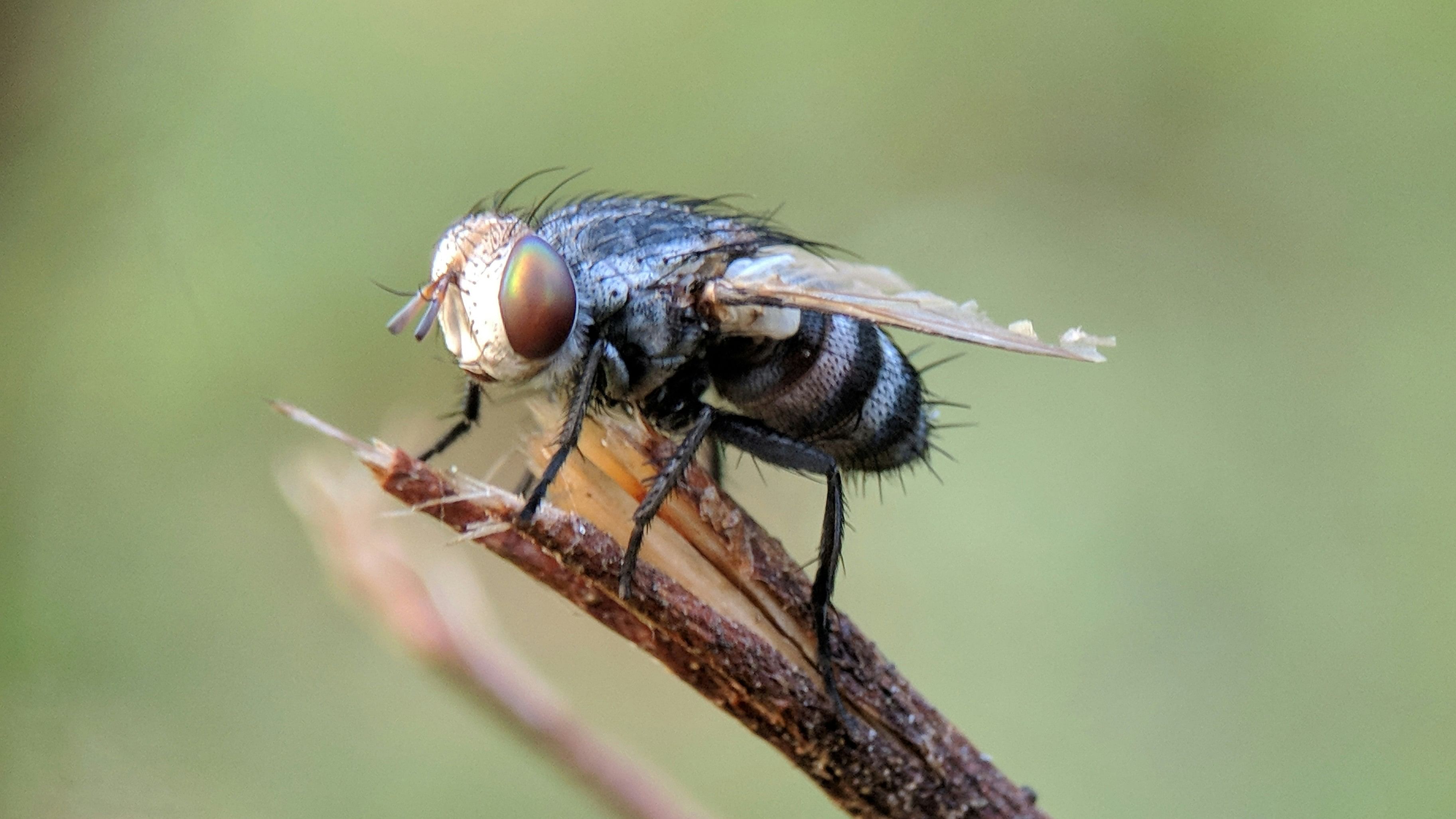
The new species is Syntretus perlmani, is the first wasp found to infect adult fruit flies
Credit: Unsplash
Researchers have discovered a new species of parasitoid wasp that matures inside living adult fruit flies before bursting out, much like a scene from the Alien films.
The new species—Syntretus perlmani—is the first wasp found to infect adult fruit flies. Similar wasp species are known to target flies during their younger, more vulnerable larva and pupa life stages.
The study, led by Logan Moore during his doctoral studies at Mississippi State University, was published in the journal Nature on September 11. The team of scientists discovered the wasp species by chance while they were collecting fruit flies in their backyards.
In an interview with Live Science, Moore explained that female S. perlmani use their needle-like ovipositor organ — the stinger in stinging wasps — to stab and deposit an egg within a fruit fly's abdomen. The egg then hatches into a tiny wasp larva, which grows inside the fly for about 18 days before leaving its host for dead.
"It will effectively emerge out of the side of the fly, and just to add an additional layer of horror, the fly will normally remain alive for several hours after that," Morre said, explaining the chilling process.
The discovery took place when they were screening fruit flies for parasitic worms called nematodes in March 2023. It was the first time they first came across a spiky-tailed wasp larva inside the abdomen of one of the flies.
However, they dismissed the finding as a one-off anomaly, explained Moore, adding that further investigation revealed more larvae. The scientists found more wasp larvae and eventually confirmed their discovery by rearing the wasps in a lab and studying their DNA.
According to the study, the juvenile stages of insects are far more vulnerable. They aren't equipped with a thick exoskeleton like adults, and without wings, they're far less mobile.
"Almost everybody in the world has had some sort of interaction with this fly, usually not in a good context. They're annoying little pests that fly around your fruit," Moore told Live Science.
The research team found evidence of the wasp across the eastern United States, including Mississippi, Alabama, and North Carolina.